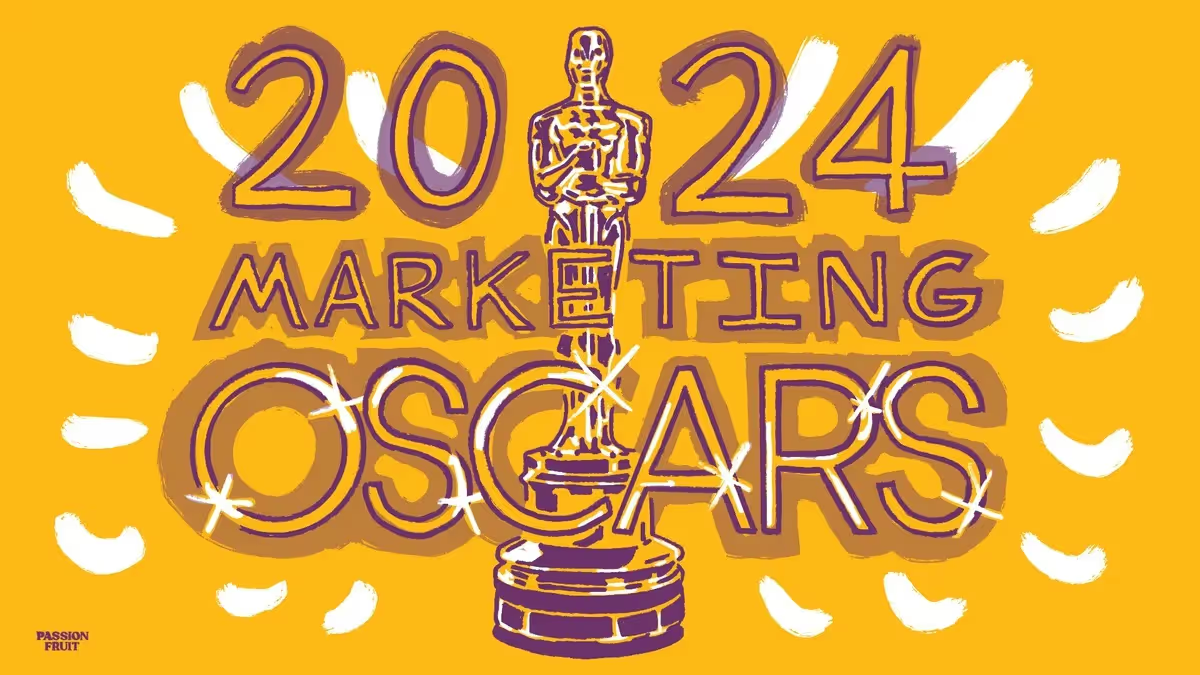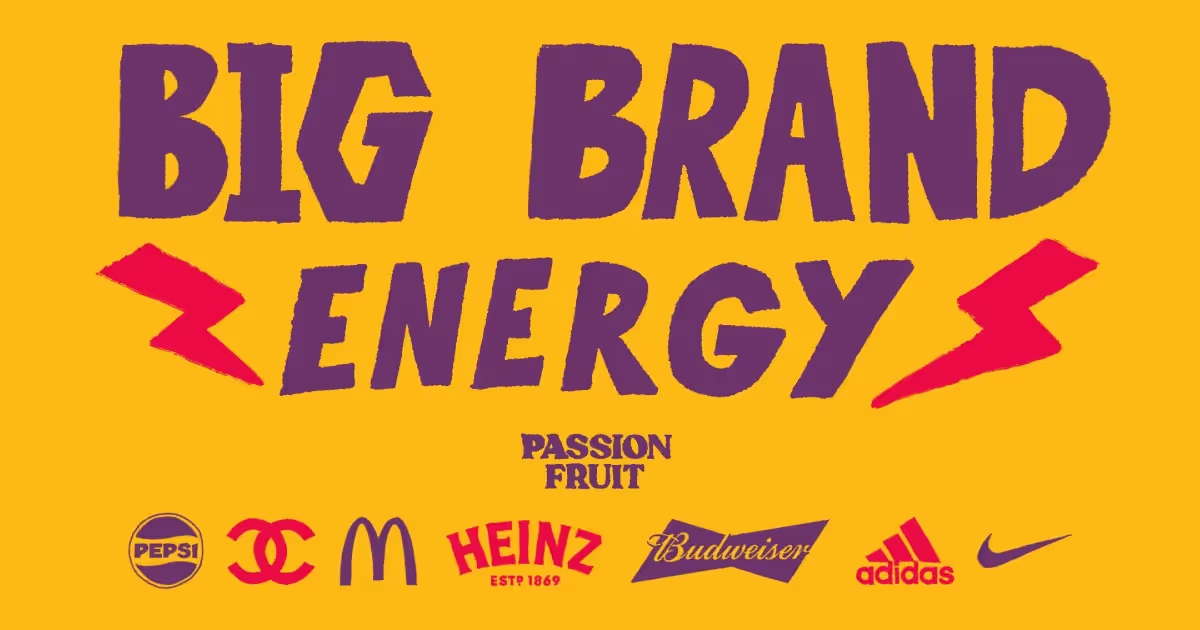In the high speed world of fintech, startups face a huge challenge: standing out in a sea of competitors, establishing rock-solid credibility and winning the trust of customers.
So, what do you do? Well, you need more than just a couple of blogs and social media posts – you need a comprehensive fintech marketing strategy that's going to turn heads and make your company shine.
That's where this ultimate guide comes in. We've got the inside scoop on everything you need to master fintech marketing. From decoding your audience to crafting killer digital strategies, diving into data analytics, mastering branding and even nailing compliance.
But we're not stopping there. We've also got some real-life success stories to show you how the fintech pioneers have made their brands feel more human, simplified those complex financial concepts and earned the trust of their customers.
So, if you're a fintech marketer, you're in the right place. Keep reading, and you won't miss out on how to make your mark in the fast-paced world of fintech.
What is Fintech Marketing?
Let's start by diving into what fintech marketing really means.
Fintech marketing is like a loudspeaker for companies to showcase their fintech products and services. Marketers use digital channels, data analytics, and customer-centric approaches to create personalised experiences for audiences. This includes digital marketing, content marketing, social media campaigns and search engine optimization (SEO) among others, to boost brand visibility and reach.
But it's not just about shouting in the crowd; it's about proving your fintech creation can keep your financial data secure, and make all those money tasks easier. And guess what? That's exactly how you win over tech-savvy consumers on the lookout for the latest and greatest fintech solutions.
Understanding the Fintech Audience
Understanding your audience is crucial for fintech marketing. So, here's the lowdown: Demographics, like age, income, and jobs, give you the basics, but it's the psychographics that really dig deep. We're talking values, beliefs, interests, and how customers spend their cash. With psychographic research, you might uncover some nuggets about what your fintech customers are really after, like convenience, security, or quick and easy financial solutions. And, let's not forget the behavioural data – like who wants to manage their money like a pro and who can't get enough of mobile apps and online tools. With all this insight, you can create super-customised marketing plans. It's like talking directly to your audience.
Market Segmentation and Targeting in Fintech
Fintech marketing is all about knowing your audience and talking to them in their language. And unfortunately, it's not one-size-fits-all.
With Business-to-Business (B2B), fintech companies talk to businesses about being super efficient, saving money and being able to grow. And they're doing it all with their best professional voices on. Whereas Business-to-Consumer (B2C) is all about making things simple, super easy, and giving them a personal touch.
And you can even break it down further and tailor your messages based on product types, such as digital banks, lending platforms, blockchain, crypto and robo-advisors.
By speaking your audience's language and giving them what they need, that's how fintech companies create real connections and make the growth happen.
Digital Marketing Strategies for Fintech
Fintech digital marketing strategies help companies reach a broader audience, they make your brand well known and ensure your customers come back for more. They do this by creating educational content that makes complex financial concepts simple and using data to get to know your customers better. Digital marketing involves a range of online strategies including content marketing, organic and paid social media, SEO, email campaigns and pay-per-click (PPC).
A shining example of a digital marketing strategy is Cleo's "Boycott Black Friday". This finance app boldly went against the grain by encouraging users to skip Black Friday shopping while offering them a shot at winning $500. To enter, users had to complete three tasks: 1) Enter "Boycott Black Friday" in the app to access myth-busting information exposing the tricks brands use on Black Friday. 2) Share a screenshot on Twitter or Instagram, tagging @meetcleo. And 3) Avoid making purchases on Black Friday. It's a stellar illustration of an out-of-the-box approach in fintech marketing.

Content Marketing
Fintech content marketing is about creating and distributing valuable, educational content that audiences want to read. We’re talking blogs, videos, infographics, webinars, and whitepapers on financial topics, industry trends and fintech solutions.
In fact blogs are like superheroes of fintech marketing. If done well, they take those complicated money topics and make them as clear as day. Plus they position fintech companies as the smart fonts of all knowledge, which helps win over potential customers by building trust. Remember, blogs don’t have to be boring. You can add a bit of excitement and brand personality, all while keeping the vibe professional. So, it's no wonder that marketers who prioritise blogging are also 13x more likely to experience a positive ROI, and B2B marketers who have blogs get 67% more leads than those who don’t.
A good example of this is Wise, the money transfer app. Wise launched a clever content marketing campaign that revolved around competitors. It published blogs like “How to close your ING Australia Bank account” and “How to close your UBank account”. By creating content that spotlighted competitors, Wise attracted users searching for information about closing their ING or UBank accounts. In doing so, they reached potential customers looking for alternative financial solutions.
Related: Fintech Content Marketing Expert Guide & Examples
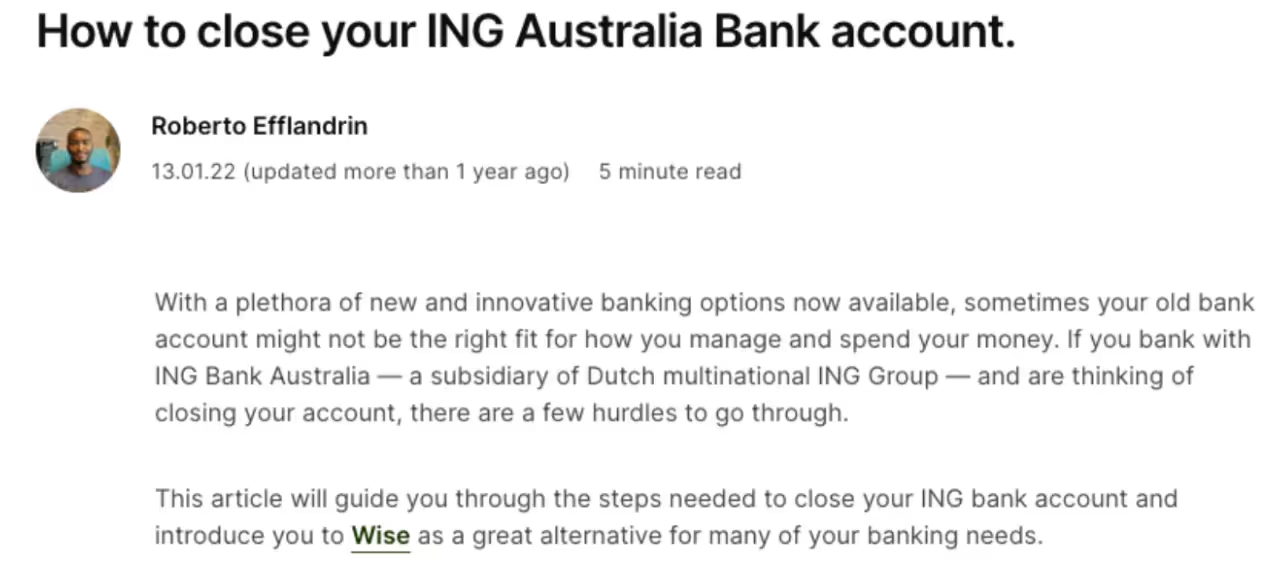
Influencer Marketing
Influencer marketing is like forming the perfect dream team with influential individuals who are ready to back your fintech products and services. But we're not talking about your typical fashion or beauty creators here; we’re talking about the financial experts, tech geniuses, or social media big shots who have the power to reach a massive and engaged audience.
And here's the kicker: nearly half of consumers out there rely on what these influencers recommend. So, when they give your brand a thumbs up, it's a sure way to win customer trust and new followers.
One of the standout influencer marketing campaigns comes from Klarna’s partnership with the hip-hop legend Snoop Dogg. He joined Klarna's rebrand campaign, "Smoooth," and even went as far as changing name to "Smoooth Dogg" in a wild coronation ceremony. This bold move not only deepened Snoop Dogg’s ties with the brand but also brought a whopping 18,000 fresh social media followers into Klarna's community.
Search Engine Optimization (SEO)
Consumers often search for financial solutions online, so having strong SEO practices in place are important. This helps position you at the top of search engine results, reel in more organic traffic and score new customers. In fact, 49% of smart marketers swear by it for the best ROI.
So, what's the secret for nailing SEO? Well, you've got to optimise your website content with the right keywords, create high-quality blog posts (no scrimping!), and make sure your user experience is mobile-friendly. And don't forget about backlink building and getting your tech SEO on point to improve your website authority and user-friendliness.
Take GoCardless, for example, to catch all those users looking for the "best online payments platform" on Google, they dished out some top-notch online content targeting that keyword. By placing itself in the number one spot in a blog about "the top six payment systems in the UK," they landed right on page 1 of Google's Search Engine Results Page (SERP) for "best online payments platform."
Related: 10 Game Changing Fintech SEO Tips (With Examples)
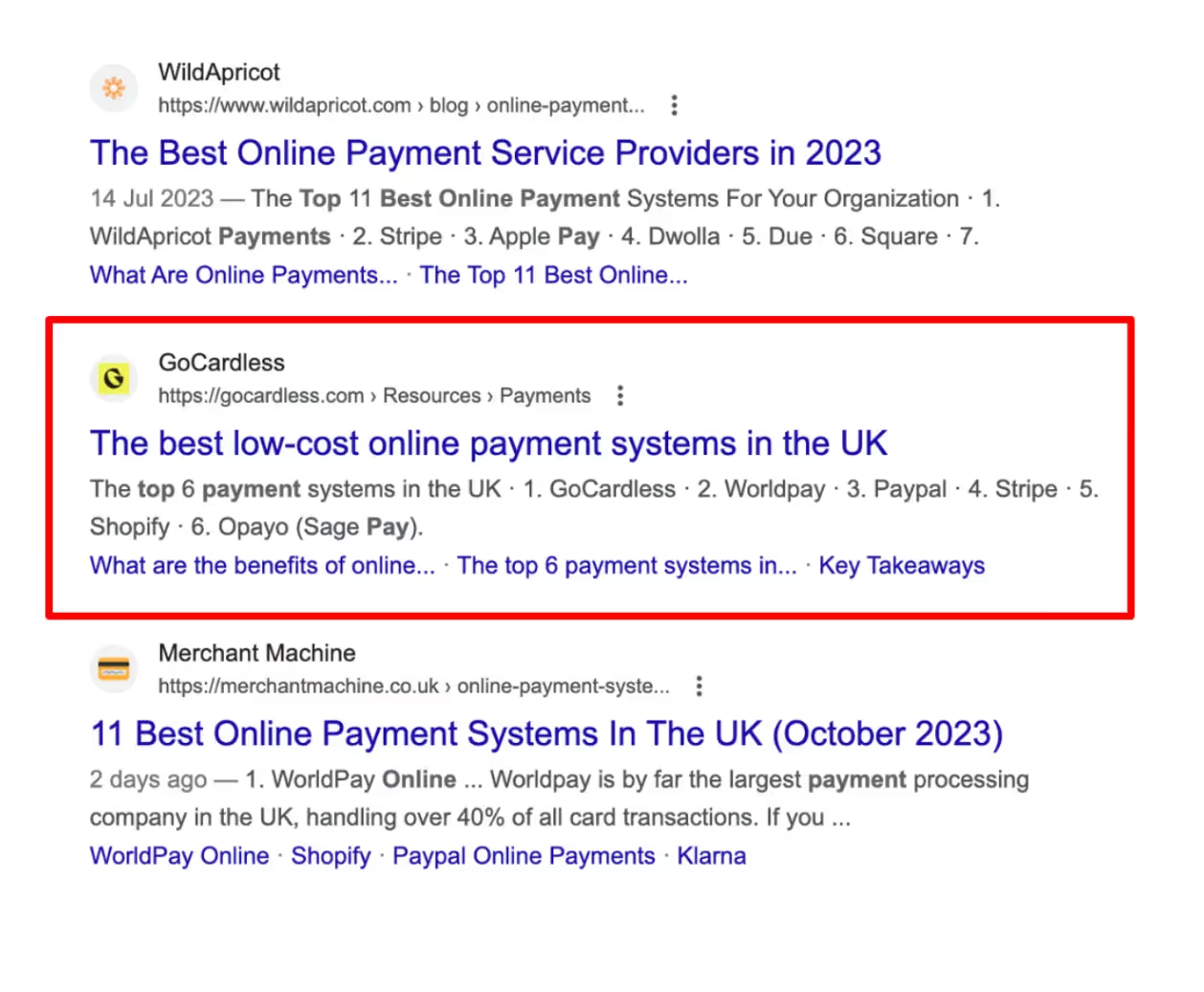
Pay Per Click (PPC)
Here’s the scoop on Pay-per-click (PPC) advertising. It allows you to place targeted ads on search engines and platforms like Google and Facebook, paying only when users click on your ads. With this strategy, you get a front-row seat, showing up right where customers are searching for financial services, leading them straight to your website or app.
But it gets better. PPC also offers precise targeting options, enabling fintech companies to reach specific demographics, locations, and devices. It gives you the lowdown on user behaviour, so you can keep fine-tuning your ad campaigns and get better ROI.
Community Marketing
Community marketing in fintech is all about creating a vibe of belonging and connection among users. We're talking about the great hangout spots of the internet – online forums, social media groups, webinars, and sharing custom-made educational content designed just for the fintech community.
Why do these approaches work? Well, they're like meeting points where users gather to swap ideas, solve problems, shout out to the world about fintech solutions and build up that all-important trust factor.
And every savvy marketer knows the magic of word-of-mouth, with 64% giving it the crown for the most effective form of marketing. These strategies make fintech companies look more human and boost their reputation and credibility. By tuning in to user feedback and tackling their concerns head-on, businesses can refine their products and services to match customer needs to a tee, keeping loyalty and growth on the fast track.
Take Chime, for instance – the mobile-first banking platform that rocked the community marketing game. It encouraged its customers to whip up and share videos on social media, giving a sneak peek into how they use the Chime app to manage their financial world. The best videos even got a VIP spot on Chime's own social media accounts and some even made it to its website. Now that's what we call UGC!

Organic Social Media
Organic social media in the fintech world is crafting a real and authentic online identity by serving up non-paid content and diving headfirst into customer interactions. Think of regular posts with educational insight, getting chatty with your followers and unleashing the power of UGC.
And what’s more, it's your stage to let your brand's personality shine, flaunt your genius, and get up close and personal with your audience.
Let’s look at Curve. It’s got a solid social media presence across the board, from LinkedIn to TikTok. The secret? Curve’s vibe is lively, playful, and energetic – a perfect match for the younger audience. Its core message is loud and clear: Fintech is the friendly, approachable, and engaging upgrade to those traditional financial heavyweights.
Related: Fintech Social Media Marketing Expert Guide & Examples

Email Marketing
Email marketing is a powerful tool for engaging your audience and supercharging your growth, so it shouldn’t be overlooked. Why? Because it's your direct line to customers, delivering personalised content and exclusive offers that make them feel like the VIPs they are. Fintech companies can also use this channel to educate users about new features and share financial insights.
And the proof is in the pudding – metrics like open rates and click-through rates are your compass for improving ROI.
But email marketing isn't just about numbers; it's about building trust through consistent communication and regular updates, making your brand super credible. No wonder 79% of marketers place email marketing in their top three must-have strategies.
Just look at Coinbase – this crypto platform rolls out weekly newsletters that serve up a concise and super-helpful package for readers. They’re packed with informative, educational and easily digestible articles.
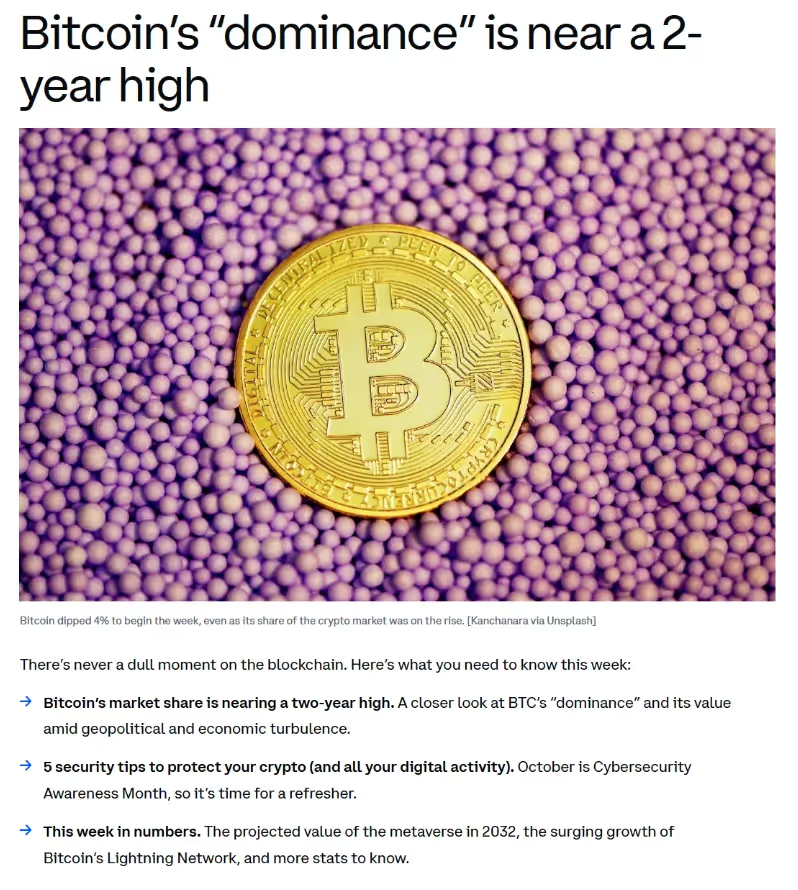
Regulations and Compliance
Getting the lowdown on financial regulations in marketing is a must for fintech companies. Compliance with laws like the UK Data Protection Law, GDPR, CCPA, and financial industry-specific regulations is essential to protect customer data and maintain trust. And don't forget the ethics – transparency, honest advertising, and fair lending practices are non-negotiables, helping you avoid fines and reputational damage.
However, balancing compliance with creativity is challenging. You've got to be creative with your marketing, but you can't go off the rails when it comes to following those strict rules. So, how do you do it? Use creative tactics that simplify complex financial jargon, as well as innovative content formats and AI for a personal touch. This is all while safeguarding customer data and making sure you stay compliant.
Branding in Fintech
When it comes to fintech branding, the name of the game is trust. Fintech companies have to build a brand that's rock-solid on reliability, security, and transparency.
But here's where the magic happens – storytelling. It's not just about numbers and data; it's about making those complex financial topics feel human and within reach for everyone. By telling stories of how fintech solutions have transformed lives, simplified transactions, and put power in the hands of consumers and businesses, brands can create a deep, personal connection with their users. These stories tug at the heartstrings, meaning trust and loyalty are sure to follow.
Visual identity and design considerations are also important. A well-crafted logo and user-friendly interface can reinforce credibility. Simple, clean designs communicate professionalism, while the choice of colours can evoke feelings of trust and security.
And remember back in the day when fintech branding used to be dull as ditchwater? Well, not anymore! Brands these days are spicing things up, getting playful, and aiming to win over the younger crowd. They're all about trying new stuff and getting with the times. Just look at Monzo with its hot coral coloured cards. Its vibrant branding brings warmth, empathy and friendliness to the world of banking.
Related: Fintech Branding: The Actionable Guide & Examples

Engagement & Retention Strategies
In the world of fintech, you need both an engagement and retention strategy.
First off, onboarding experiences play an important role in customer retention. Simplify that initial user journey, make sure your features are clear, and hold your customers' hands with top-notch support. It can make a big difference in keeping them engaged.
But let's not forget the loyalty programmes. They are useful tools to create long-term relationships. Who can resist rewards, cashback, or exclusive perks? They're a sure way to keep you customers glued to your fintech platform.
And finally the User Experience (UX) and User Interface (UI). By offering a seamless ride, an intuitive design and an interface that responds to your customers’ needs, you’ll keep satisfaction levels high.
Data Analytics in Fintech Marketing
Data-driven decision-making helps fintech companies make informed choices, improve strategies and stay competitive.
First things first, tracking those Key Performance Indicators (KPIs) is a game-changer. Tools like Google Analytics, Salesforce, and Tableau are the trusty sidekicks that keep you in the know about website traffic, sales and customer behaviour.
But it doesn't stop there. Predictive analytics uses historical data to peek into the future. It's your secret for proactive decision-making. These insights help you create super-targeted marketing campaigns, fine-tune your products and allocate your resources like a pro.
And then there's the customer insights. It reveals all the useful details about your customers – their likes, dislikes, and behavioural patterns. Armed with this info, you can customise your campaigns and improve customer satisfaction.
Global vs. Local Marketing
Balancing global reach with local relevance is a challenge in fintech marketing.
On the global stage, fintech companies have to go big. They need marketing strategies that can scale and adapt, connecting with audiences spread across the globe. That's where building a robust online presence through digital marketing and SEO optimization comes into play.
But to build trust and credibility among local communities, companies need to localise their strategy, carefully tailoring it to reflect the local language and culture. Partnering with local institutions and influencers can also help with trust and acceptance.
Emerging Trends in Fintech Marketing
Emerging trends in fintech marketing are reshaping the industry:
AI and chatbots have taken centre stage, revolutionising the game by diving into user data and serving up custom-tailored financial product recommendations. This not only gets the audience buzzing but also kicks conversion rates up a notch, leaving everyone happier.
Voice search optimization is gaining prominence. With more and more consumers using voice-activated devices to search for financial services, fintech companies are flipping their content and SEO strategies to make sure they're heard loud and clear in voice search results. It's all about boosting accessibility and reaching new horizons.
Augmented reality (AR) and virtual reality (VR) experiences are also increasing customer engagement, letting them wrap their heads around complex financial concepts like never before. It's like a whole new journey through the world of finance.
Partnerships and Collaborations
Partnerships and collaboration are important strategies for fintech companies to grow and shake things up. Collaborating with old school banks helps them to tap into the banks loyal customer bases, regulatory expertise and infrastructure. This often results in improved financial products and services for customers.
But there’s more. Cross-industry partnerships, such as those with e-commerce or telecom companies, can open up a whole new world. Fintech companies can integrate their financial solutions into other industries' platforms, offering even more value to users. It's a win-win, making life easier for customers and helping fintech companies make more money and reach more people.
Challenges in Fintech Marketing
Overcoming trust issues is one of the biggest industry challenges for fintech marketing. As consumers increasingly rely on digital financial services, building and maintaining trust is a cornerstone of success. But data breaches, fraud, and privacy concerns have left their mark. This makes it crucial for fintech companies to create marketing campaigns that reassure customers of their strong security measures, transparent policies and strict compliance standards.
Standing out in a saturated market is another hurdle. With so many fintech companies trying to grab the consumers attention, you need to be different. Creating a brand that shines, using data analytics, and personalised marketing is the way to go.
Also, fintech companies must stay up to date with fast-paced technological changes. Marketers must keep adapting, use AI, blockchain, and other emerging technologies to get that competitive edge.
Future of Fintech Marketing
The next decade promises lots of changes in fintech marketing.
Right up front is using newer technologies in your marketing strategies. AI and machine learning will change customer insights and personalisation, helping fintech companies deliver more tailored solutions. Whereas blockchain technology will enhance security and transparency.
As data privacy becomes increasingly important, decentralised finance (DeFi) platforms are likely to gain traction, reshaping the industry's landscape. Social media and influencer marketing will continue to evolve, connecting fintech companies with their target audiences in innovative ways.
With sustainability becoming a focal point, fintech marketers will also embrace eco-friendly initiatives, aligning their companies with the growing consumer demand for socially responsible financial services.
Conclusion & Best Practices
In the dynamic world of fintech, effective marketing is more critical than ever. In our ultimate guide, we’ve covered a wide range of subjects from understanding your audience, employing fintech digital marketing strategies, leveraging the power of influencer marketing, utilising data-driven analytics, and more. All are pivotal for standing out and driving growth.
Real-world examples have also shown you how fintech innovators are achieving success by humanising their brands, simplifying complex financial concepts and building trust with consumers.
For the aspiring marketers among you, we have provided some additional tips:
- Ensure you stay up to date with industry trends and technologies, as marketing is ever evolving.
- Don't fear failure; it's a stepping stone to success.
- Focus on continuous learning and always be willing to innovate.
- Collaborate with a mentor for added guidance and motivation.
So, as you embrace your marketing journey, take each step with confidence and determination. Harness the power of data and insights, allowing your passion and creativity to guide your path. And rest assured, if you need some help along the way, our team of experts are ready to supercharge your fintech marketing strategy at every turn.





